Mallow (Malva)
Definition and Origin: Mallow (Malva) is a herbaceous perennial plant from the Malvaceae family. This plant is known for its beautiful flowers and medicinal properties. Mallow grows naturally in various regions of the world, especially in temperate and tropical areas, and is used in many cultures as both a medicinal and ornamental plant.
Botanical Characteristics of Mallow:
- Height: Mallow typically grows between 30 centimeters to 1 meter tall.
- Leaves: The leaves of this plant are usually round or heart-shaped with serrated edges. They are dark green in color and have a soft, velvety texture.
- Flowers: Mallow flowers are large and attractive, commonly found in shades of pink, purple, or white. These flowers appear singly or in small clusters during the summer.
Chemical Composition of Mallow:
Mallow contains beneficial compounds, including flavonoids, anthocyanins, and polysaccharides. These compounds are responsible for the medicinal properties and health benefits of mallow.
Properties and Applications of Mallow:
-
In Traditional Medicine:
- Anti-inflammatory and Soothing: Mallow is recognized as an anti-inflammatory plant and can be effective in reducing inflammation and alleviating pain.
- Digestive Aid: This plant is used as a natural remedy to improve digestion and alleviate gastrointestinal issues such as constipation and intestinal inflammation.
- Cough Relief: Mallow is utilized as a natural remedy for soothing coughs and sore throats. The compounds present in it can help relax the throat and relieve dry coughs.
-
In the Food Industry:
- Edible Consumption: The leaves and flowers of mallow are used as edible vegetables in some regions and can be incorporated into salads and various dishes.
- Tea: Mallow flowers and leaves can be used to make tea, which has relaxing and soothing properties.
-
In the Cosmetic Industry:
- Skin Care Products: Mallow extracts are used in the production of cosmetic and personal care products. These extracts can help retain skin moisture and soothe skin irritations.
Cultivation and Care of Mallow:
- Growing Conditions: Mallow is typically grown in well-drained soils and sunny or partially shaded areas. This plant prefers a temperate and humid climate.
- Watering: Mallow requires regular watering, but care should be taken to avoid overwatering.
- Planting: Mallow seeds can be sown directly in the ground and are usually planted in spring or autumn.
Side Effects and Precautions of Mallow:
Mallow is generally safe; however, it may cause sensitivity or allergic reactions in some individuals. Additionally, excessive consumption may lead to gastrointestinal discomfort. Pregnant individuals or those seeking specific treatments should consult a physician before use.
Conclusion:
Mallow is a medicinal and ornamental plant with extensive applications in traditional medicine, the food industry, and cosmetics. Its therapeutic and beauty properties have made it one of the most popular medicinal plants. If you have further questions or need more information, I would be happy to help!


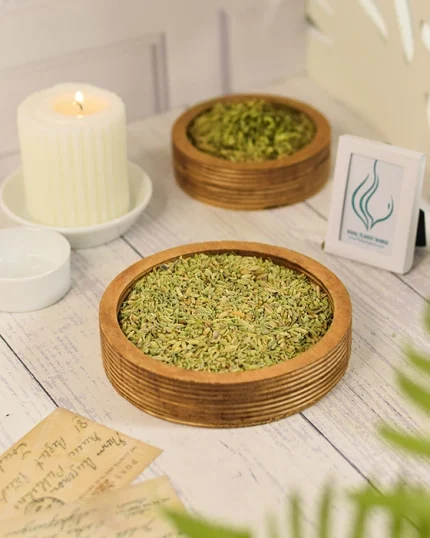
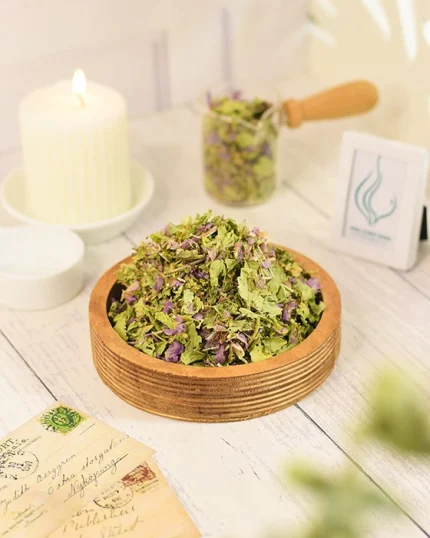
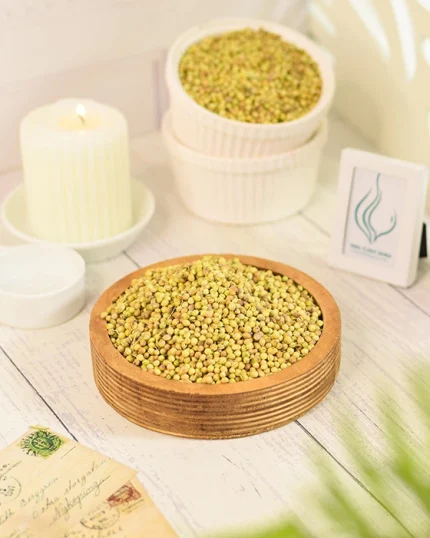
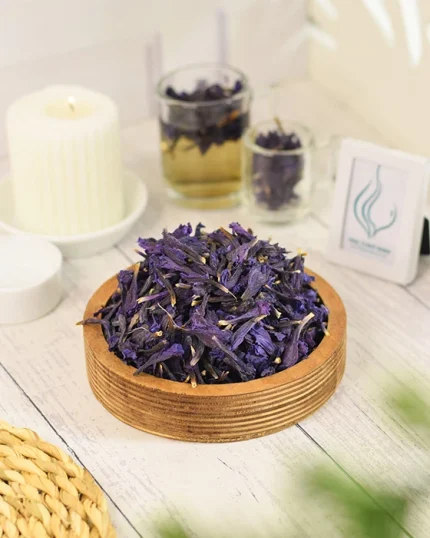
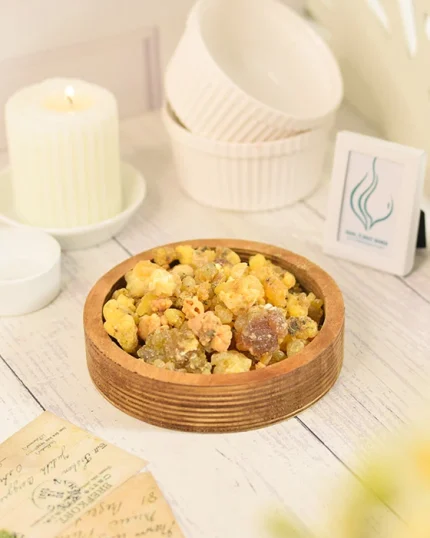
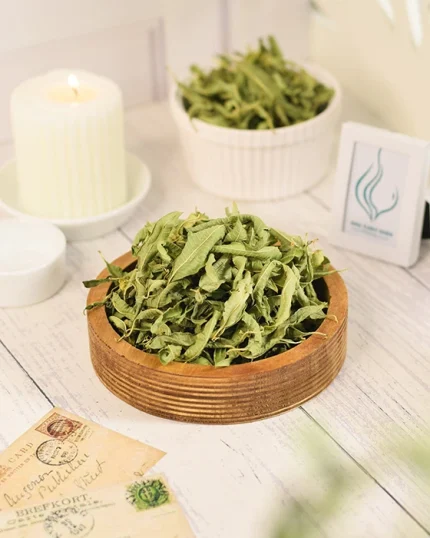
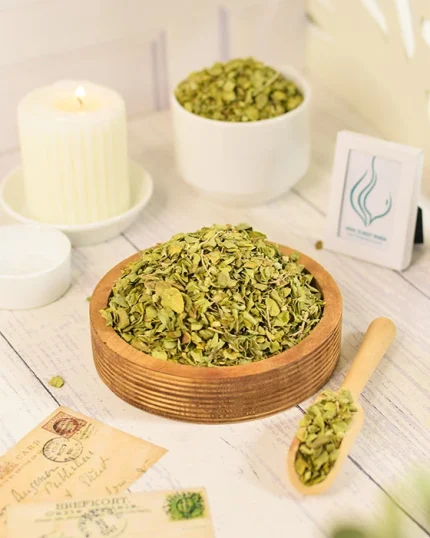
Reviews
There are no reviews yet.